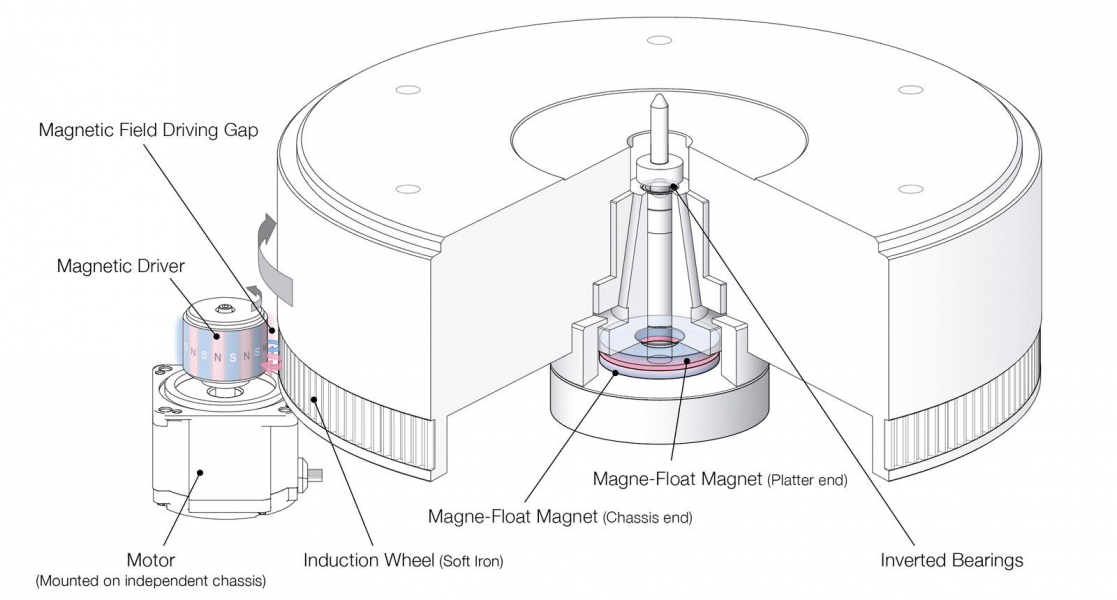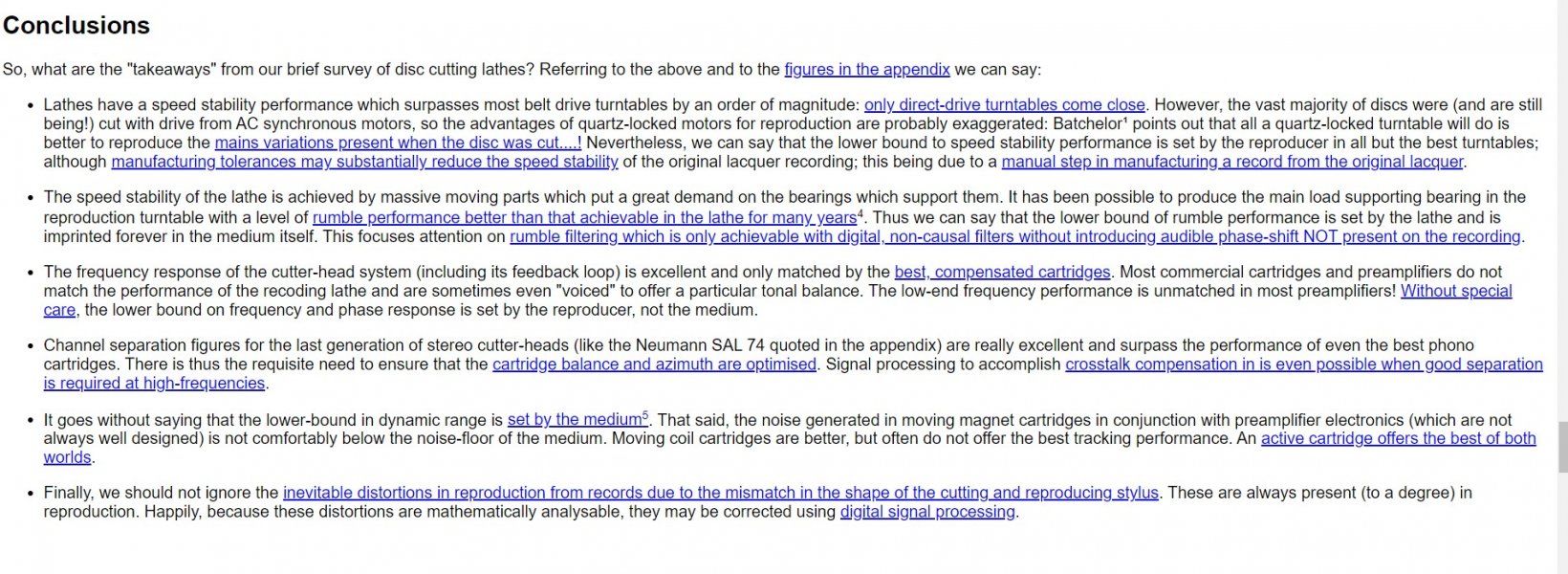It's a ridiculous assertion and simply lacks common sense. One can use any method (including a donkey walking in circles) to keep a record spinning at 33.3; none of that affects the purely mechanical (analog) process of a needle bouncing around the groves.
I use a digital road runner to check the speed of my Garrard, is my table digital now? Of course not.
I agree whether the platter rotates at 33,3333 rev / min via a donkey a nuclear power plant a steam engine or what ever it has nothing to do with what the needle picks up .
Only if this measurement or drive system system would inflict distortion/ noise by itself then thats another issue , and a steam engine or a donkey drive obviously will cause vibrations to the set up
I have 3 old tape machines with " outdated " speed regulation no timing issues at all .
That said i think the Esoteric speed control and drive system is a very neat solution .
I did hear it actually in Munich this Esoteric table , but the rest of the set up wasnt all that great
Lol DD stands for.... Donkey Drive
Last edited:










